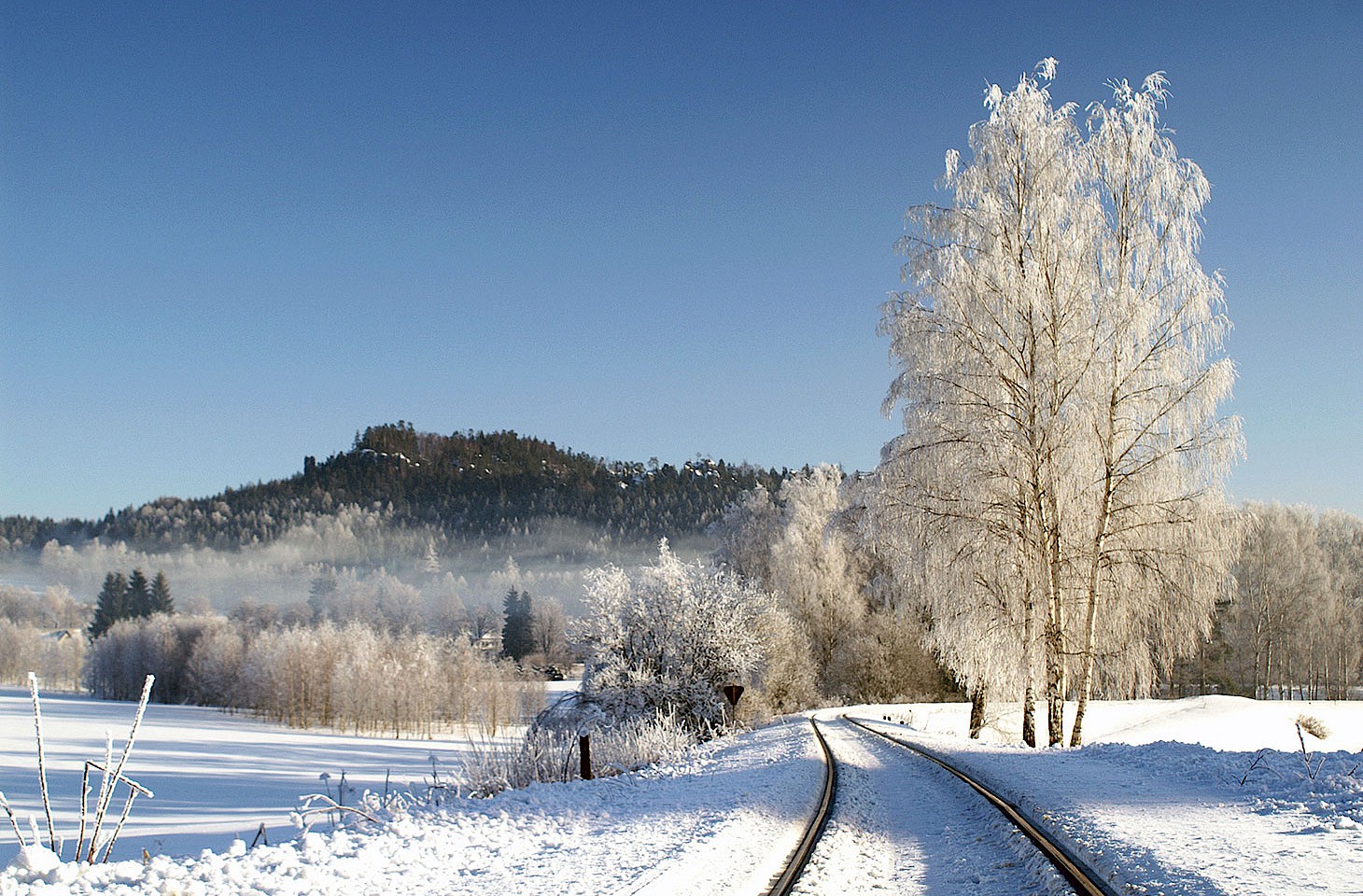Interesting things happen in the flatlands where the North Sea Canal reaches the sea. This is classic Dutch edgeland, one of those forgotten territories where sluices and steel mills are more common than tulips and windmills. Were it not for the fact that the port of IJmuiden — located on the south side of the canal at the point where it joins the North Sea — has a daily overnight ferry to North Shields in England, this area would not normally be visited by outsiders.
Stooping cranes, container parks and the heavy rumble of dockland trade combine around IJmuiden to create a rare landscape — but it’s not one which is picturesque. For those approaching from the north, the cargo ships making their way up the North Sea Canal towards the docks around Amsterdam are obscured by the huge canal-side steelworks. It’s not immediately obvious how one might reach the canal bank, still less find a way over to the far side of the waterway.
We end up taking a wrong turn and find ourselves in Wijk aan Zee, a salt-tarnished village on the edge of sand dunes, where big posters announce that the community is hosting the Tata Steel Chess Tournament. A local woman, out walking with her dog, talks about chess and steel and then gives us directions to IJmuiden.




